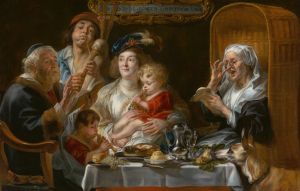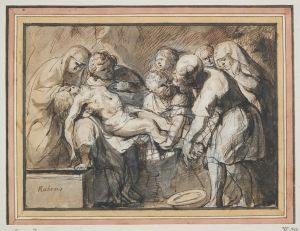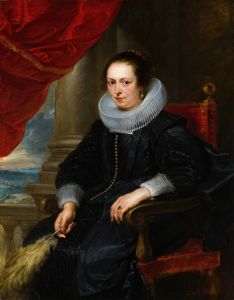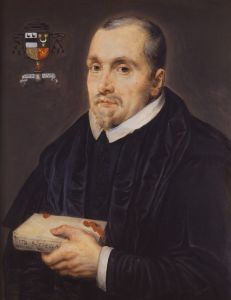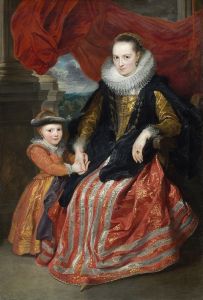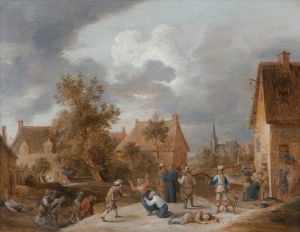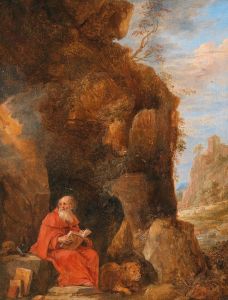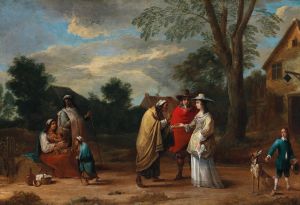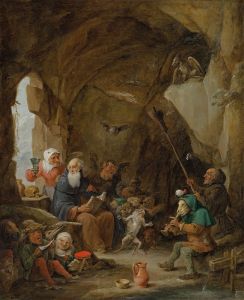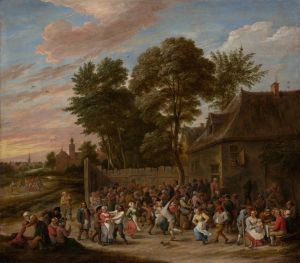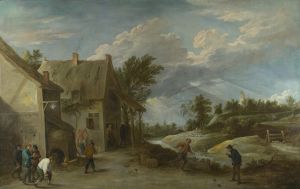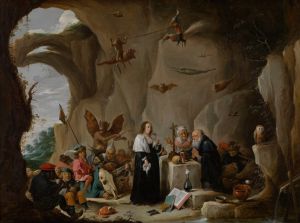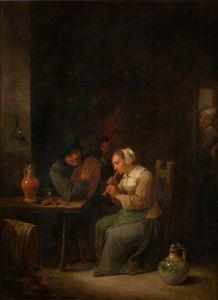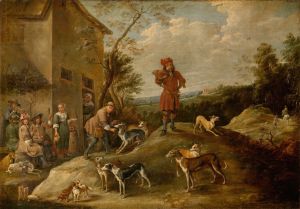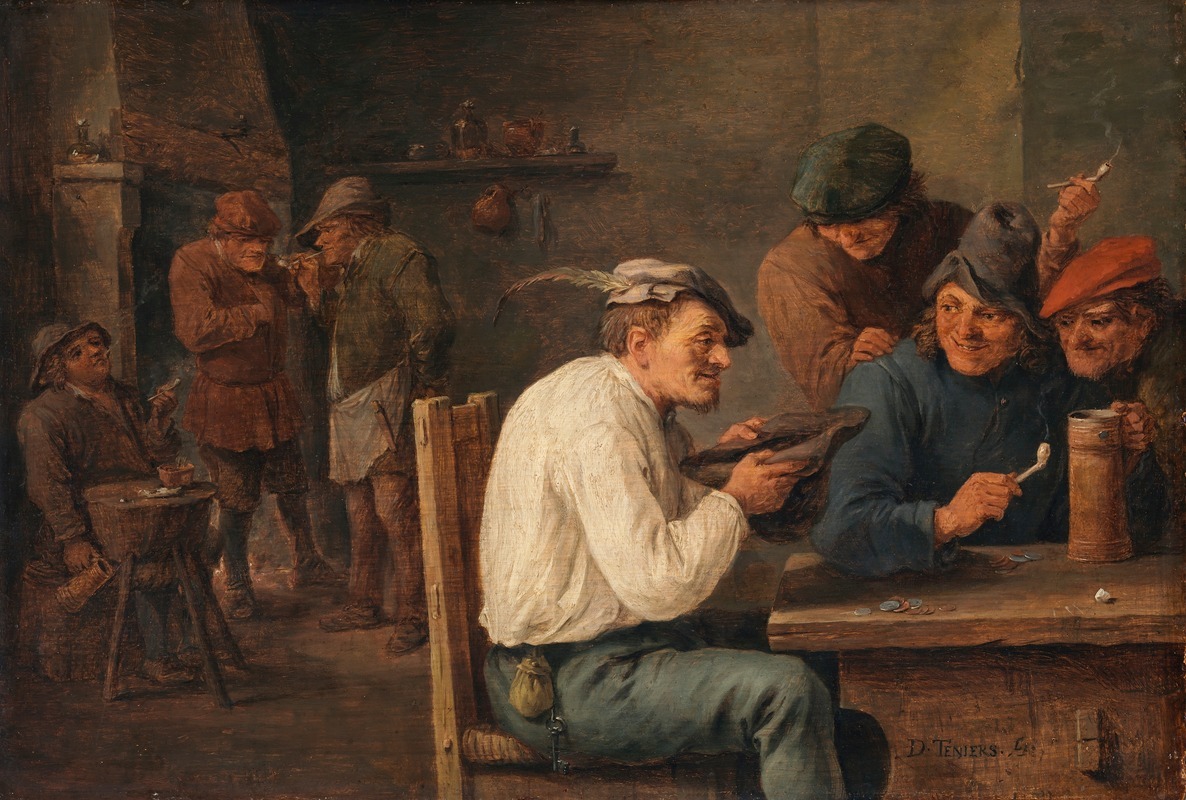
Hustle-cap
A hand-painted replica of David Teniers The Younger’s masterpiece Hustle-cap, meticulously crafted by professional artists to capture the true essence of the original. Each piece is created with museum-quality canvas and rare mineral pigments, carefully painted by experienced artists with delicate brushstrokes and rich, layered colors to perfectly recreate the texture of the original artwork. Unlike machine-printed reproductions, this hand-painted version brings the painting to life, infused with the artist’s emotions and skill in every stroke. Whether for personal collection or home decoration, it instantly elevates the artistic atmosphere of any space.
David Teniers the Younger was a prominent Flemish painter in the 17th century, known for his genre scenes, landscapes, and depictions of peasant life. He was born in Antwerp in 1610 and became one of the most influential artists of his time, contributing significantly to the development of genre painting in Northern Europe. Teniers was part of a family of artists; his father, David Teniers the Elder, was also a painter, and he trained under him before establishing his own reputation.
One of Teniers' notable works is "Hustle-cap," a painting that exemplifies his skill in capturing everyday life with vivid detail and a touch of humor. The painting is a genre scene, a type of artwork that depicts ordinary people engaged in common activities. Teniers was particularly adept at this style, and his works often provide a glimpse into the social customs and daily life of the 17th-century Flemish people.
"Hustle-cap" portrays a group of peasants engaged in a game, likely the game of "hustle-cap" itself, which was a popular pastime during Teniers' era. The game involved tossing coins towards a target, and the player whose coin landed closest would win the round. This type of scene was a common subject for Teniers, who had a keen interest in illustrating the leisure activities of the lower classes.
The composition of "Hustle-cap" is typical of Teniers' work, with a balanced arrangement of figures and a detailed depiction of the setting. Teniers had a remarkable ability to render textures and materials, which is evident in the clothing of the figures and the rustic environment they inhabit. The painting's color palette is warm and earthy, reflecting the natural tones of the countryside and the simple attire of the peasants.
Teniers' paintings are noted for their lively characterizations and the subtle interplay of light and shadow, which add depth and realism to the scenes. In "Hustle-cap," the expressions and postures of the figures convey a sense of camaraderie and competition, capturing a moment of shared enjoyment and social interaction.
Throughout his career, Teniers received numerous commissions from patrons across Europe, including members of the nobility and the Catholic Church. His work was highly sought after, and he enjoyed considerable success and recognition. Teniers also served as the court painter for Archduke Leopold Wilhelm of Austria, the governor of the Spanish Netherlands, and was responsible for managing the archduke's extensive art collection.
David Teniers the Younger's contribution to art extends beyond his paintings; he played a significant role in the establishment of the Antwerp Academy, which helped to formalize art education in the region. His legacy is evident in the continued appreciation of his work, which remains a valuable resource for understanding the cultural and social dynamics of 17th-century Flanders.





